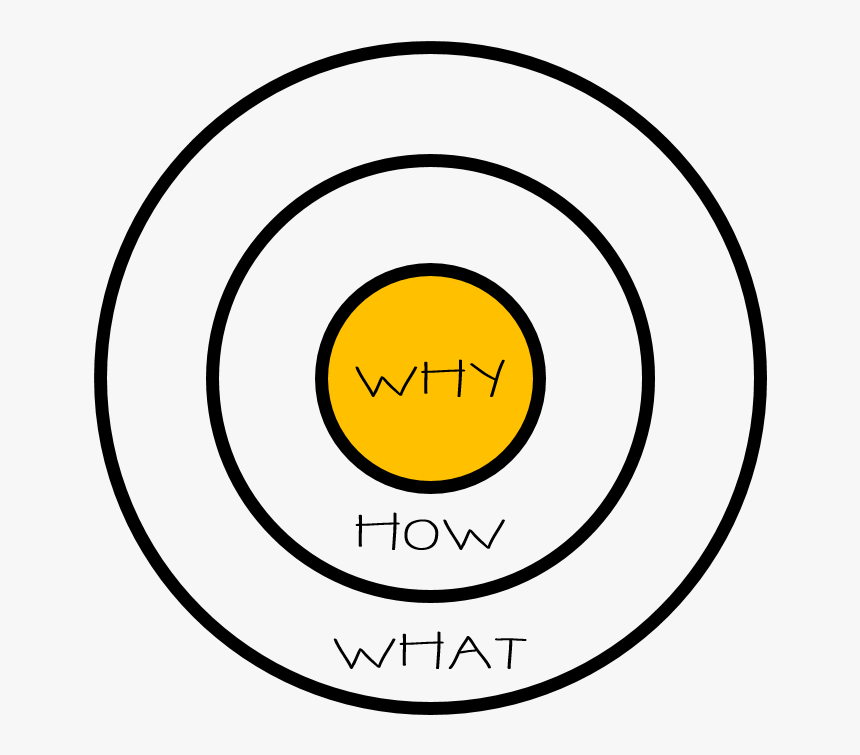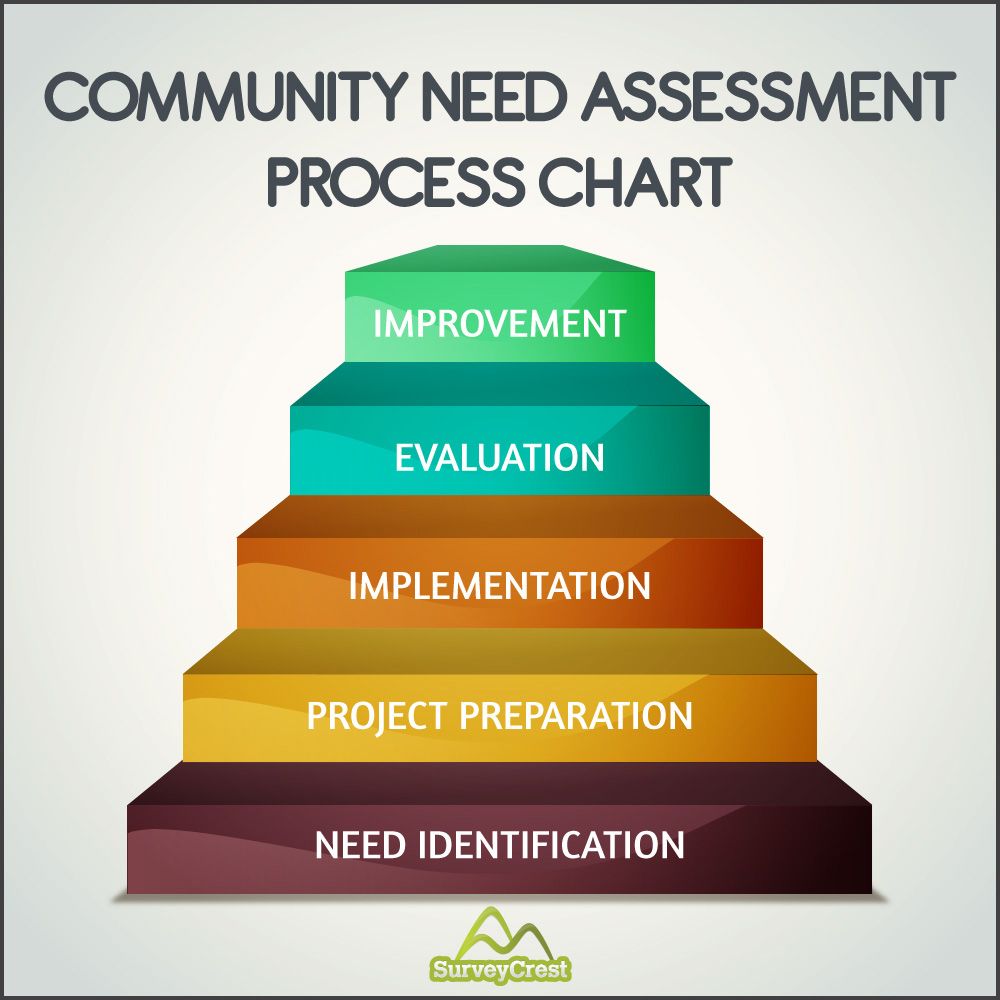This blog describes the importance of business plan for nonprofit organizations, discusses the nine components, and provides a series of steps to create such a business plan.

The Complete Guide to Crafting an Effective Nonprofit Business Plan
Cathleen Armstead, Ph.D.
Every business needs a strong foundation, and nonprofit organizations are no exception. But what is required for a business plan? And what does the creation process look like? Continue reading to get answers to these questions and more.
What Is a Nonprofit Business Plan?
A nonprofit business plan is a statement of the organization’s plan and capacities to fulfill its mission.
Crafting a robust road map for success is crucial and often encompasses two distinct types of plans: the business plan and the strategic plan. At first glance, you might think that these plans are interchangeable. However, they serve fundamentally different purposes.
A strategic plan is focused more on the long-term vision. It's a high-level document that establishes the direction of the organization over the longer term — identifying long-range target outcomes, overarching goals, and major initiatives.
On the other hand, a business plan is a comprehensive document that outlines the operational and financial objectives of a nonprofit. It details how the organization will achieve its goals, including organizational structure, marketing strategies, and fundraising tactics.
When it comes to which plan comes first, think of it this way: The strategic plan sets your destination on the horizon, while the business plan gives you the route to get there with a detailed map and a checklist of supplies for your voyage. Ideally, your organization should begin with a strategic plan to establish your ultimate goals and aspirations, followed by a business plan to nail down the particulars of your operations plan and financial plan. In essence, the strategic plan lays down the “what” and “why,” while nonprofit business plans address the “how” and “when.”

Mission
In his groundbreaking work “Start with the Why”, Simon Sinek proposes the golden circle of intention with the why at the center of all planning. Determining your why is easy for nonprofit founders and directors. Your “why” is the reason you get out of bed in the morning. Determining the “why” for your organization can be just as simple. You and your management team want to improve the world, and your mission statement will encompass which change and which community. Establishing your “why” for your nonprofit organization is an essential first step and occurs in the strategic planning session.

Goals
Creating goals that align with the mission statement is a key component of the strategic plan. The strategic planning process sets the goals. The business plan then outlines the activities to meet these goals.
Why Do You Need a Business Plan?
A business plan situates you in your community and describes your strengths while also pointing to areas needing enhancement. The business plan will focus on your clients and your community providing activities and objectives. The business plan will describe your marketing strategy and fundraising tactics, which will include grants. Business plans direct and focus your energy. They also demonstrate to the community what you will do and how you will do it and connect your Board of Directors with your nonprofit operations plan.
Nonprofit organizations often craft and update a strategic plan and neglect the business plan. At Sunshine Nonprofit Solutions, we recommend a business plan that is updated annually. Organizations change and communities change. Changes in community needs require updated business plans. Updated business plans are as essential as updated strategic plans.

The Nine Components of a Nonprofit Business Plan
The Nine Components of Nonprofit Business Plans
1. Executive Summary (this is usually written last)
2. Mission Statement with aligned goals
3. Description of the organization and its programs and services
4. A needs analysis of the community
5. The board of directors including the recruitment process, roles and responsibilities, and engagement
6. The staffing process includes an organizational chart, and your procedures for hiring, retaining, training, and evaluating your management team.
7. A public relations plan for communicating the needs of the community and the organization's services
8. A fiscal plan that includes a mixture of donor relations and grant funding
9. An impact plan to measure your positive results
Developing a business plan may seem intimidating, but taken step-by-step, it can emerge organically from reflection and conversations with your board of directors and staff.

Step 1
The first step in creating this critical document is to clarify your organization's vision and mission statements, which will serve as the guiding star throughout your non-philanthropic voyage. This occurs during a strategic planning retreat that is both transparent and broadly inclusive of former and current clients, community organization leaders, Board of Directors, and staff.
Step 2
Describe your organization. Ideally, you have developed a description of your organization that lays out what you do and for whom. This description should include the different programs and services you provide. Your website should feature this description and include testimonials. Your business plan can summarize some of the positive impacts your organization has made. Your strategic plan, your business plan, your website, and your marketing materials will all have a comprehensive and consistent description of your organization.
It can be helpful to do market research to learn what other organizations use for their nonprofit description, who their target audience is, how their target market uses digital marketing, and how their fundraising plan is structured. Doing this type of market analysis to learn about other small business operational plan structures can guide your strategic planning and organizational structure creation process.
A useful way to describe your programs and services can emerge from a facilitated discussion with your staff and Board Directors. Outlining your programs on a whiteboard can form the basis for describing your programs and services and can yield important information about what you are doing.
This step can be difficult to do alone. That’s why Sunshine Nonprofit Solutions is here to help. We can be your one-stop shop for planning services, including strategic planning, business planning, community needs, leadership development, and grant writing.
Step 3
Conduct a comprehensive analysis of your community and its needs for your services. This analysis should include basic demographics of your community including gender, race, income levels, health data, education, data, major employers, and employment opportunities. Often, such data is available by zip code, and easily accessible resources can be located through an internet search. Many organizations, such as hospitals, are required to complete a community needs assessment, and such resources are invaluable in putting together your own needs assessment.
The current economic, social, and political opportunities and constraints faced by your community need to be documented. The COVID-19 pandemic is no longer an immediate health and economic crisis, but its impact is far-ranging and will continue to shape community needs.

Step 4
Lay out your staffing requirements. This should include an organizational chart with reporting responsibilities, job descriptions, salary rates, training requirements, and staff support. Most importantly, your staffing plan should include a discussion of engaged employees. Engaged employees are key to nonprofit success because engaged employees go the extra mile for their clients. Engagement encompasses employee satisfaction, but there’s more. Engaged employees connect their purpose to the organization's mission. They’re also a direct result of caring and compassionate managers along with the potential for employee growth.

Step 5
This leads us to the establishment of your marketing plan where you highlight how to promote your cause effectively and engage your audience. Creating a robust marketing plan for a nonprofit business requires creativity, an understanding of your audience, and a strategic approach to resource allocation. Your plan will describe key strategies that will elevate your nonprofit's visibility and impact.
Leveraging the reach of social media platforms to engage with all your audiences to the thoughtful construction of informative blogs that position your nonprofit as a thought leader are all important components of your nonprofit business plan. Crafting newsletters can create a direct line of communication with your supporters, providing regular updates and calls to action that keep your mission at the forefront of their minds.
But it’s not just about the digital world; alternative methods such as local events and aligning with community partners can forge tangible connections and foster a network of advocacy and support.
Step 6
Additionally, your strategic plan should encompass a well-developed financial plan, depicting your funding strategy, budget, and financial projections. From the allure of funding to the meticulous art of budgeting — it's all about dollars and sense. We'll walk you through creating a profit strategy that not only illuminates the present but also forecasts the future with precision. A nonprofit's dream is only as good as its financial blueprint.
Whether you're a seasoned nonprofit leader or a newcomer to the sector, understanding the financial intricacies of your business plan is non-negotiable.
Learn to detail your organization's fiscal pathways, setting realistic and sustainable financial goals. Your business plan should document avenues for securing funds including donations, grants, and fundraising campaigns. Just as no two nonprofits are the same, neither are their funding sources. Tailoring your approach to funding is crucial.
Securing donations is essential for nonprofit organizations and your business plan needs to describe your strategy for donations. Your strategy needs to include events, ongoing campaigns, communication efforts, and importantly your plan for establishing and maintaining relationships with all of your donors including recognition, personalized thank-you letters, and short newsletters about your successes.
In addition to donations, nonprofit organizations rely on grant writing. Penning a grant proposal can be daunting, but it's an indispensable skill in the nonprofit world. Every sound business plan needs robust fiscal forecasts. This portion of your business plan isn't just for impressing donors; it's a navigational chart for growth and stability.

Generate your projected needs and provide potential sources of revenue. When projecting your financial future, consider both optimistic and conservative scenarios. Where every dollar counts, budgeting becomes your nonprofit's heartbeat. An actionable budget ensures every cent is accounted for and allocated in alignment with your nonprofit's goals and regulatory requirements. Good budgeting not only keeps you on track but also signals to funders that your nonprofit is efficient and accountable.
If you have not developed fiscal procedures to safeguard funds, now is the time. Your procedures will need to include procurement procedures, distribution of funds, accounting procedures, and protection of accounting software, security of funds.
Step 7
Clearly articulated goals and evaluation metrics are tantamount to gauging your progress, so setting these benchmarks is an indispensable part of the business plan.
Every nonprofit organization operates to make a positive impact. Yet, without a clear plan to measure success, how can progress be effectively monitored and goals achieved? Setting clear, articulated targets is the first crucial step in our evaluation framework. With well-defined objectives, a nonprofit can steer its mission with precision. Then comes the selection of robust evaluation metrics — tangible indicators that reflect how well the organization's actions align with its aspirations.
Measuring progress is not a one-time event: it's a continuous process. Our blog emphasizes the importance of periodic assessments and adapting benchmarks tailored to your nonprofit's unique circumstances and stage of development.

Step 8
Summarize your work in a short one-page executive summary and your business plan is complete.
Build a Nonprofit Business Plan with Sunshine Nonprofit Solutions!
Get assistance with building a foundational business plan with the assistance of Sunshine Nonprofit Solution. Our team offers two decades of nonprofit experience, enabling us to help you complete the daunting tasks and make a difference in your community.
Get in touch with our team to get started.
